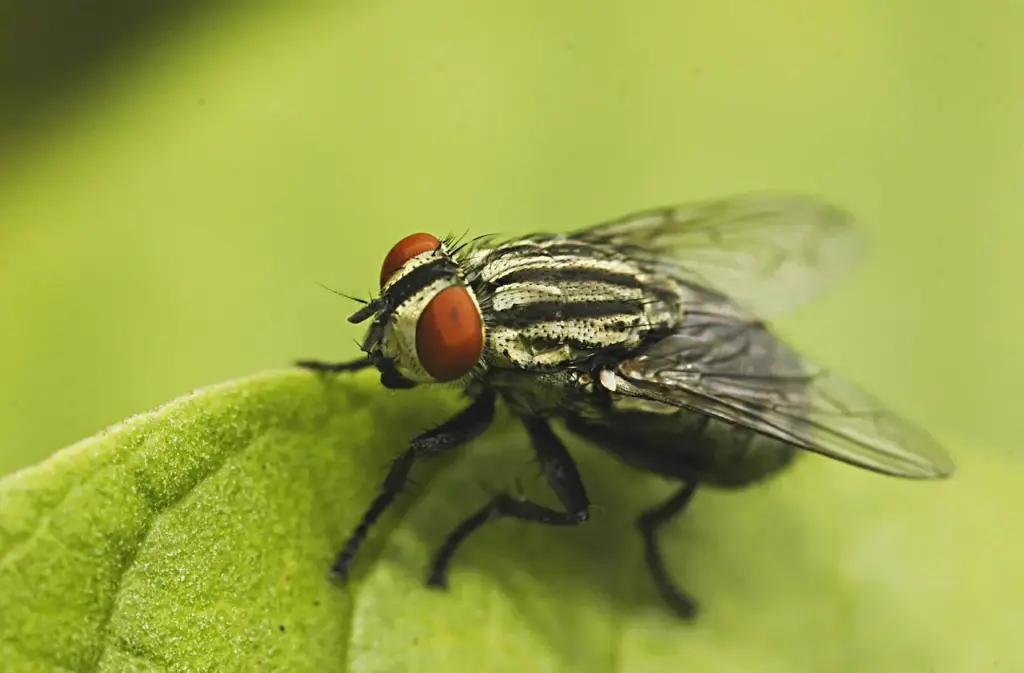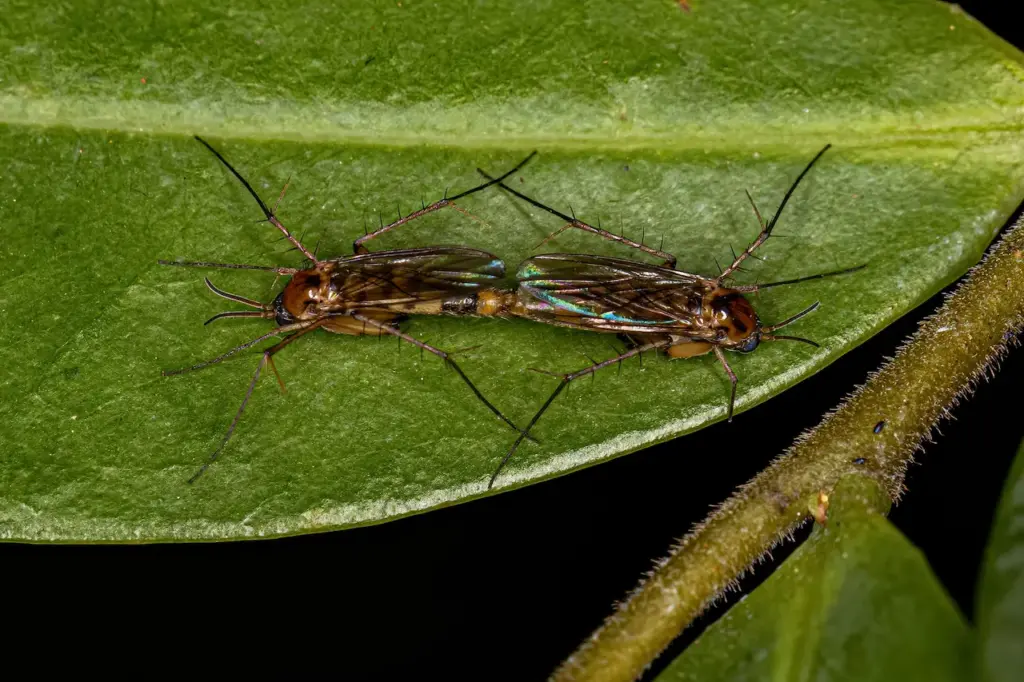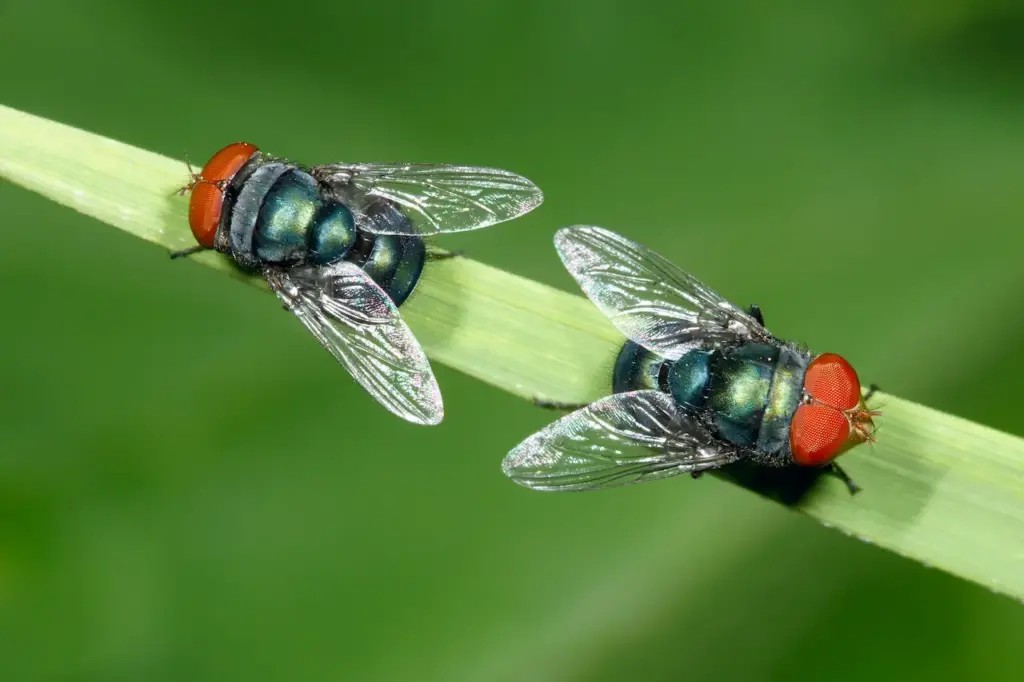What Eats Flies?
Categories
- Accipitridae (1)
- Acrididae (1)
- Algae (2)
- Alligatoridae (1)
- Amoebidae (1)
- Amphibians (3)
- Anatidae (1)
- Anguillidae (1)
- Arachnids (2)
- Bears (2)
- Big Cats (3)
- Birds (13)
- Bovidae (5)
- Bufonidae (1)
- Camelids (1)
- Cameras (1)
- Canines (13)
- Caridea (1)
- Carnivora (10)
- Castoridae (1)
- Cats (5)
- Cebidae (1)
- Cephalopod (1)
- Cervidae (2)
- Cetacean (1)
- Chondrichthyes (1)
- Crocodilia (2)
- Crustaceans (4)
- Culicidae (1)
- Cyaneidae (1)
- Dasypodidae (1)
- Dasyurids (1)
- Deer (1)
- Delphinidae (1)
- Desktop (1)
- Didelphidae (1)
- Dinosaurs (1)
- Dogs (13)
- Dolphins (2)
- Echinoderms (1)
- Education (10)
- Elephantidae (1)
- Equine (1)
- Erethizontidae (1)
- Erinaceidae (1)
- Farming (1)
- Felidae (5)
- Fish (5)
- Food Chain (31)
- Food Web (2)
- Formicidae (1)
- Frugivore (1)
- Gaming (1)
- Gastropods (1)
- Giraffids (1)
- Great Apes (2)
- Health Conditions (3)
- Herbivore (4)
- Hi-Fi (1)
- Hippopotamidae (1)
- Hominidae (1)
- Insects (10)
- Invertebrates (2)
- Keyboards (1)
- Laptops (1)
- Leporidae (1)
- Mammals (23)
- Marsupials (4)
- Mephitidae (1)
- Microchiroptera (1)
- Mollusks (2)
- Mongoose (1)
- Muridae (1)
- Nocturnal Animals (1)
- Odobenidae (1)
- Omnivore (2)
- Phasianidae (1)
- Phocidae (1)
- Plankton (1)
- Plants (2)
- Primate (1)
- Ranidae (1)
- Reptiles (7)
- Rhinocerotidae (1)
- Rodents (5)
- Salamandridae (1)
- Scarabaeidae (1)
- Sciuridae (2)
- Sharks (1)
- Shellfish (1)
- Sound (1)
- Spheniscidae (1)
- Suidae (1)
- Superfamily Papilionoidea (1)
- Theraphosidae (1)
- What Eats (5)
Flies are common and can be found almost everywhere around the globe. They feed on decaying organic matter and can spread germs and diseases.
But flies also play an important role in the ecosystem as food for other animals. In this article, we’ll take a look at what eats flies and what flies eat themselves.
Table of Contents
Toggle
Flies in the Leaves What Eats Flies
What Eats Flies?
Many different animals eat flies as part of their diet. Here are some of the main predators of flies:
Birds
Birds eat all types of insects, including flies. Flycatchers, swallows, martins, and swifts are birds that specialize in catching flies and other flying insects. They scoop flies out of the air and eat them whole. Chickens, turkeys, and other poultry also eat flies.
Bats
Bats are voracious consumers of flying insects like flies. A single bat can eat hundreds or even thousands of flies per night. Bats use echolocation to detect flying insects and scoop them up with their mouths.
Spiders
Spiders are excellent fly predators. Web-building spiders, like orb weavers, catch flies that become ensnared in their webs. Jumping spiders and crab spiders ambush flies, pouncing on them and injecting venom to kill them. A single spider may eat several flies per day.
Frogs and Toads
Frogs and toads snap up flies as they fly past with their sticky tongues. They eat flies both as larvae in the water and as adults on land. Tree frogs, in particular, feed on flies attracted to lights around homes.
Praying Mantises
These predatory insects are masters of camouflage. They sit perfectly still and strike out rapidly to grasp flies and other insects walking or landing nearby. A praying mantis will clean a fly right off its legs after eating.
Dragonflies
The lightning-fast dragonflies snatched flies right out of the air. Their keen eyesight helps them zero in on flies. Both adult and nymph dragonflies are important predators of flies.
Fish
Fish like trout, catfish, and bass feed on flies that end up on the water’s surface. The flies attract the fish that gobble them up. Even betta fish and goldfish will eat flies if they land in their tanks or ponds.
Lizards and Chameleons
Fast-moving lizards like anoles and swifts snatch up flies. Chameleons use their long, sticky tongues to grab flies. Large lizards like iguanas may also eat flies in addition to their regular diets.
So, in summary, a wide variety of birds, bats, insects, amphibians, fish, and reptiles prey on flies. Flies form an important part of the food chain, providing nourishment for many different animals. Even house pets like dogs and cats will snap at and eat flies when they get the chance!
What Do Flies Eat?
Now, let’s look at the dietary habits of flies themselves. What do these insects eat?
House Flies
The common house fly feeds on liquid or semiliquid organic substances. They prefer sugary substances like nectar, fruit juices, and honeydew. But they also feed on milk, blood, manure, garbage, and animal feces. Anything moist, decaying, or rotten is fair game for house flies.
Blow Flies
These flies subsist on dead and decaying animals. They are often the first insects to locate and lay eggs on carcasses. Both the larvae and adults feed on the decomposing tissue. Some species drink fluids like nectar as well.
Flesh Flies
As their name suggests, flesh flies eat dead and decaying flesh. They breed in garbage, manure, carrion, and feces. The larvae burrow into the decaying matter while the adults feed on fluids from the meat.
Fruit Flies
Fruit flies feast on ripe, fermenting fruit and the yeast that covers them. They enjoy grapes, bananas, tomatoes, citrus, and other soft fruits. Fruit flies also drink fruit juices, soft drinks, vinegar, alcohol, and other sugary liquids.
Fungus Gnats
The tiny fungus gnats primarily consume fungi and mould

A Fungus Gnats Mating
. They breed in damp, mouldy soil that contains decaying plant matter. Both the larvae and adults eat mould, mushroom spores, algae, and damp plant roots.
Moth Flies
These flies thrive in damp, mouldy environments. Their larvae eat algae, fungi, and microbial biofilms in drainage pipes and sewers. The adults feed on detritus and fungi but do not actually eat.
Marsh Flies
These flies inhabit marshes and wetlands. Their larvae eat decaying plants, algae, and microbes in the muddy substrate. The adults drink nectar and plant secretions but do not eat.
Drain Flies
Drain flies breed in the slimy gunk that builds up in pipes and drains. Their larvae eat fungi, bacteria, algae, and microbes living in the organic matter. The adults do not feed at all.
Black Flies
The larvae of these flies live in clean running water. They filter feed on algae, plankton, fungi, and bacteria in the water. The adults feed mainly on nectar when available. Females also seek out blood meals.
Sand Flies
Sand fly larvae eat detritus, fungi, and microbes in moist sandy areas. The adults drink plant juices and nectar. Only the females feed on blood from animals or people.
Stable Flies
These flies breed in wet straw, grasses, and hay. The larvae eat bacteria, fungi, and detritus in their breeding sites. Adults feed on blood from mammals and bite to obtain it.
So, in summary, flies eat a diverse array of liquid or semiliquid organic substances. They feed on plant secretions, fruits, fungi, decaying matter, bacteria, blood, and other fluids. Different fly species inhabit different environments where they can find suitable food.
Flies as Disease Vectors
While feeding flies pick up germs and bacteria that can cause diseases in people and animals, they are one of the most dangerous disease carriers worldwide. Different flies spread different illnesses based on their feeding habits:
- House flies transmit dysentery, cholera, typhoid, and diarrhea by feeding on fecal matter and garbage. They deposit these germs when they land on human food and surfaces.
- Tsetse flies spread African sleeping sickness through bites. The protozoan parasites live in their salivary glands.
- Sand flies carry the protozoa that cause leishmaniasis. The disease is transmitted through the fly’s bite.
- Mosquitoes are notorious for spreading malaria, dengue, Zika, and other diseases through their bites. Different mosquito species transmit different pathogens.
- Stable flies spread anthrax and equine infectious anemia when they feed on infected animals and then bite other hosts.
Ecological Role of Flies
While flies annoy us, they play vital ecological roles both as prey and in recycling nutrients:
- Flies are a major food source sustaining birds, bats, spiders, and other insectivores worldwide. Their abundance and high reproduction make them excellent prey.
- Feeding on waste and carrion flies recycle the nutrients back into the ecosystem. This breaks down organic matter and enriches the soil.
- Some flies pollinate flowers just like bees. Their visits transfer pollen between plants.
Conclusion
Flies are an essential food source for many birds, bats, reptiles, amphibians, insects, fish, and other animals. At the same time, flies themselves feed on a wide variety of decaying organic substances, plants, and even blood.
While we may consider them pests, flies fill an important ecological niche, both as prey and as consumers of detritus. Understanding the dietary habits of flies and their predators gives us insight into their roles in the ecosystem.

